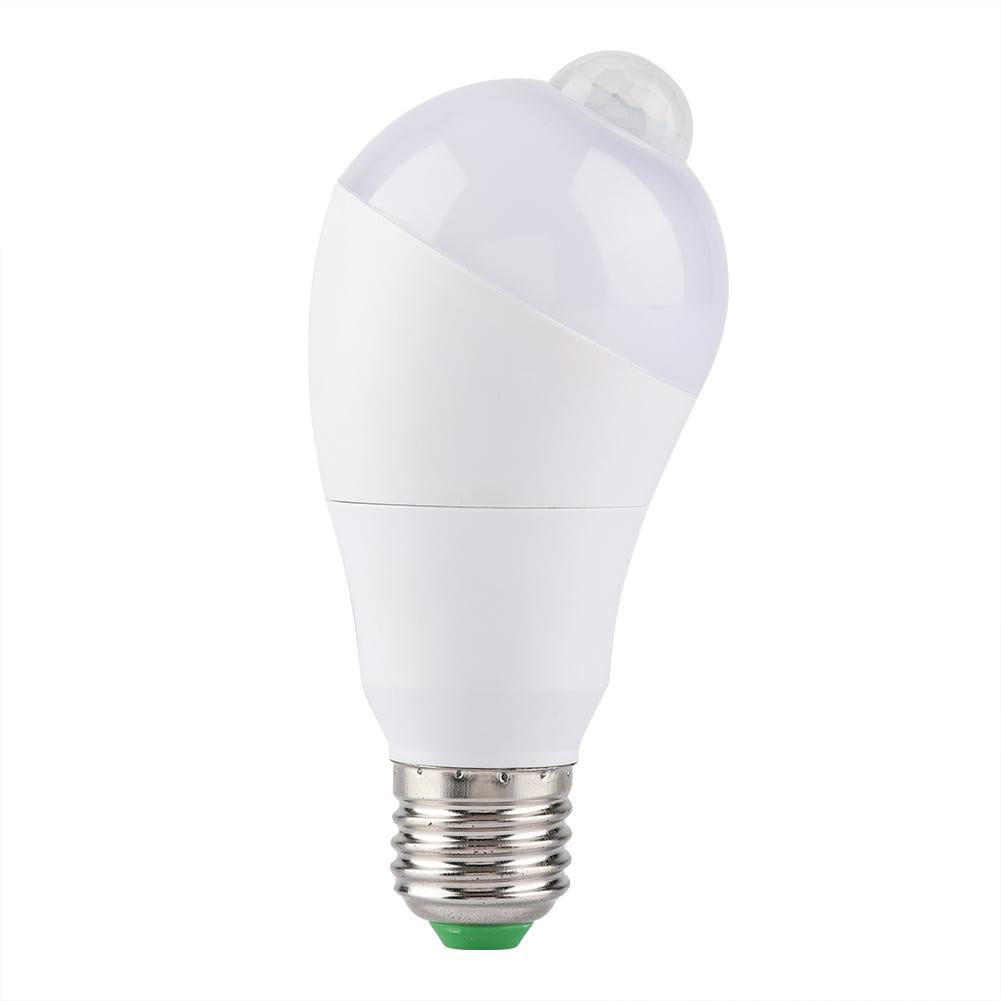

The different types of motion sensor that emit radiation.To clear up any concerns you might have, let’s explore: Other sensors are passive, acting as receivers for our natural radiation (infrared).

These are at completely safe levels for humans and will not be harmful. Some motion sensors emit radiation types, including radio waves and microwaves. The word ‘radiation’ conjures up all kinds of images if you’re unfamiliar with some of the science behind motion sensors, so are they safe to use? Hue Motion Sensor, $39.Motion sensors work in various ways, and most of them rely on some form of radiation to work. I'll stick with my voice-activated Hue and Echo combo for now, but I ever live in a bigger place, I'll find the perfect place for this sensor when I move in. No fumbling for the light switch, or momentary sense of disorientation or discomfort that comes with entering a pitch-black house. You pull into your house, and before you even open the door your hallway and kitchen lights are already on. Given my use cases for my Hue bulbs, I probably don't need this sensor, but I could think of a perfect place for it: the garage. This isn't a big deal since I could call out to the Echo and turn off the lights without fumbling around in an app, but it was still problematic.

I would turn off my lights while walking out the door, only to have them triggered again as I was walking out.

It was clear that my placement had its flaws. It was nice to have the lights come on right as I entered, although when I had it set on high sensitivity, the lights would come on before I entered. I set it by my front door, so it would trigger when I came into my apartment. Because I live in a small apartment by myself, these are the perfect settings for a late-night trip to the bathroom.įor placement, I didn't have a lot of options. When triggered, the lights would come on for a minute, dim, then turn off. I picked a pretty standard set of instructions. There are three different motion sensitivity settings, I liked medium the best, and a lot of different lighting options.įor example, you could have the lights trigger, then dim and turn off after a set period of time (the lowest amount is one minute, the highest is one hour.) You could have the lights come on with their standard color, or, if you have colored bulbs, your motion could trigger them to turn on and create a "scene." Scenes are color combinations meant to recreate different lighting conditions - like a fall morning. You can select which lights you'd like it to turn on, and also what to do when it's triggered. You have a few options when setting up the sensor. I don't know why the old one couldn't be updated, but I downloaded the current app and the setup was painless from there.
Motion sensor light bulb health issues download#
Not because there were buttons to push (there aren't), or a lot of steps (ditto.) What made the process annoying was having to download the new Hue app, which I wasn't prompted to do when I opened the old one. It's a small device that looks like the Hue Bridge that can be placed anywhere or mounted on a wall. It's a great setup, but if you'd rather trigger your lights with motion instead of your voice, Philips has just introduced a motion sensor. I've paired them with my Amazon Echo, and paired the only lights in my bedroom - overhead lights, mind you - with my voice. Philips' Hue bulbs were the first smart home accessory I bought, and they're still one of my favorites.


 0 kommentar(er)
0 kommentar(er)
